Experts are to survey the ancient terrain of Strathmore in the area’s first major mapping survey for almost a century and a half.
In a three-year project, the British Geological Survey will gather data from Montrose to Crieff.
And scientists will harness modern technology to chart the changes in a landscape laid down 400 million years ago.
The area was last surveyed in the 1880s.
Field studies are already under way and will continue in September 2024 and spring 2025.
Those are being done on foot, making observations of rock exposures, soils and the form of the landscape.
Geological maps will then be drawn up using the field observations alongside analyses of borehole records and historic maps.
And the picture will be enhanced by modern digital terrain models and aerial photos.
BGS survey geologist and project lead Katie Whitbread said: “The Strathmore area was last surveyed nearly 100 years before we knew about plate tectonics and before there were aerial photos.
“With this re-survey, we can re-shape our understanding of a key part of Scotland’s geological past by looking at these rocks and structures with new eyes, both in the field and using modern digital data resources.”
Famous red sandstone
The geology of the region includes the sandstones, siltstones and conglomerates of the ’Old Red Sandstone’.
Those were deposited by rivers in hot and dry conditions some 400 million years ago in the Devonian Period.
The reddish colour of these rocks and the rich soils derived from them are characteristic of the region – from Arbroath cliffs to the fertile Vale of Strathmore.
The higher ground of the Ochil Hills is underlain by volcanic rocks, which are typically associated with acidic soils.
It is hoped to gain a new understanding of how they have been deformed by faulting and folding.
BGS also hope the results will create a better understanding of ground conditions and the pathways for groundwater flow.
It could help assessments of geothermal resource potential.
In the future, this will help farmers and other rural businesses identify more reliable groundwater sources and make decisions around investment in ground-source heat pumps.
Geological maps produced from the project will form part of the national geological map.
It can be freely viewed on the BGS maps portal or on the GeoIndex (onshore) on the BGS website.
Research papers and reports will also be accessible via the BGS website and NERC Open Research Archive services.
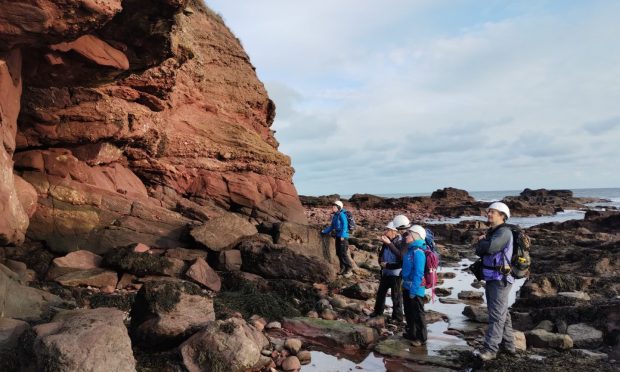
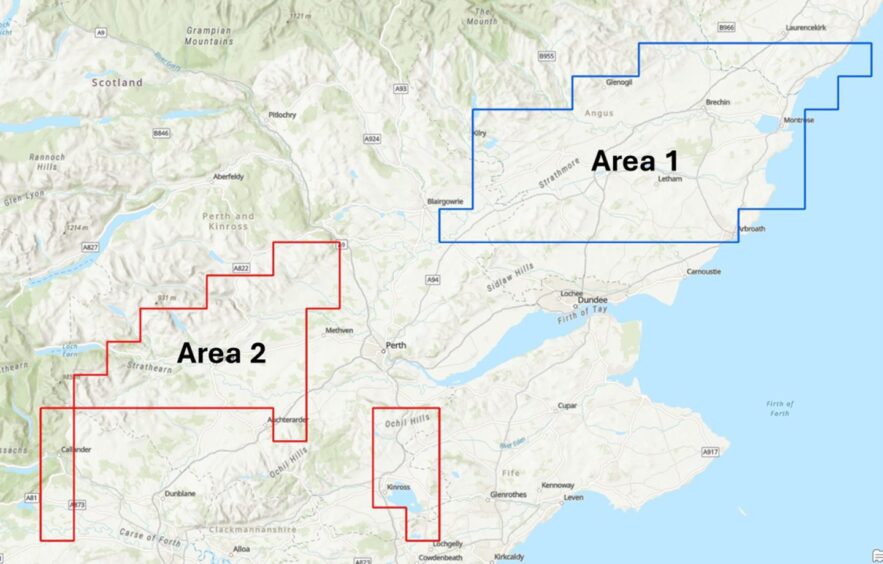
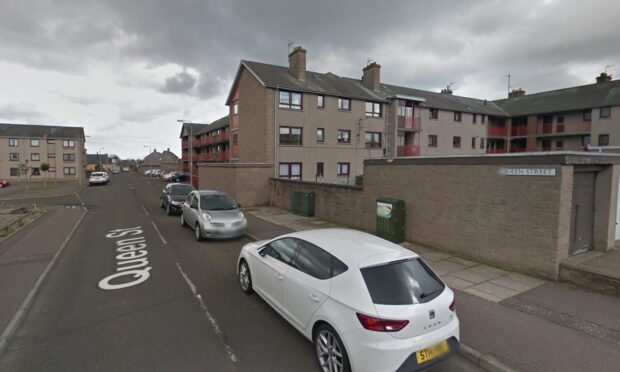

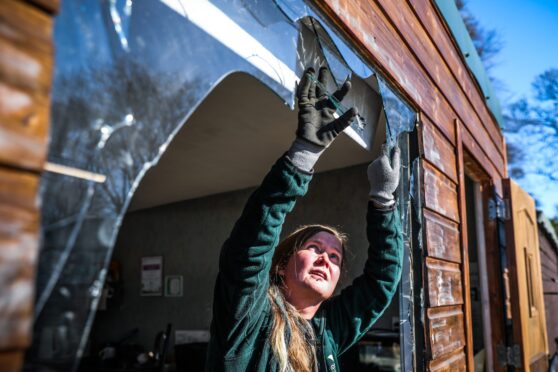
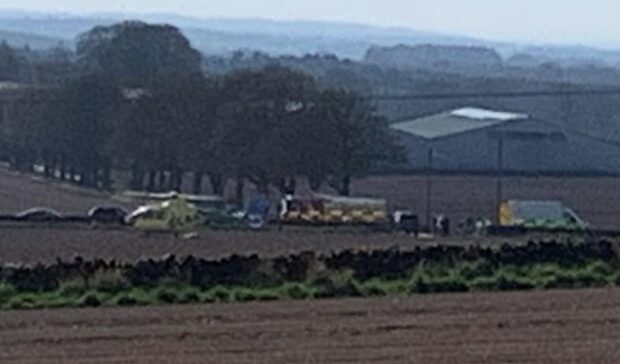


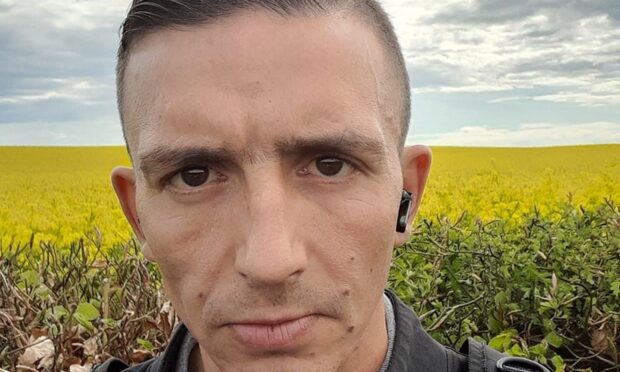
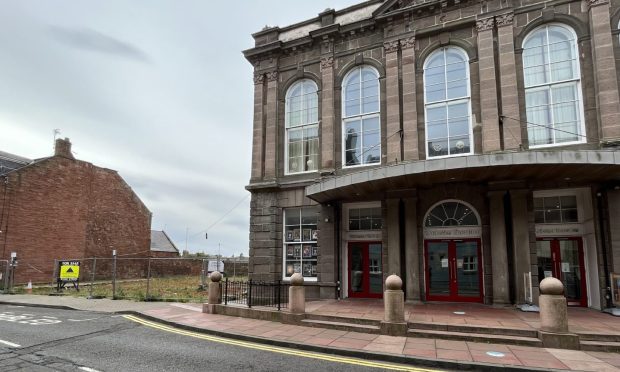
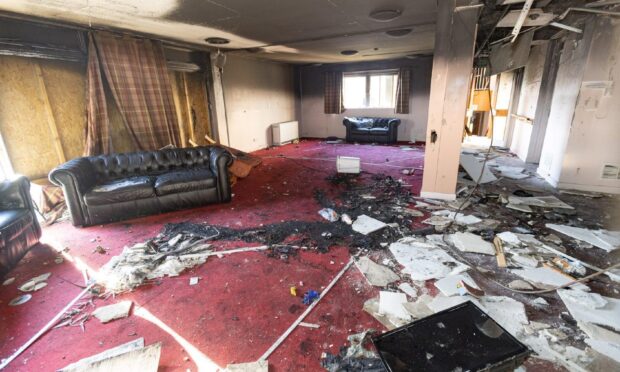

Conversation